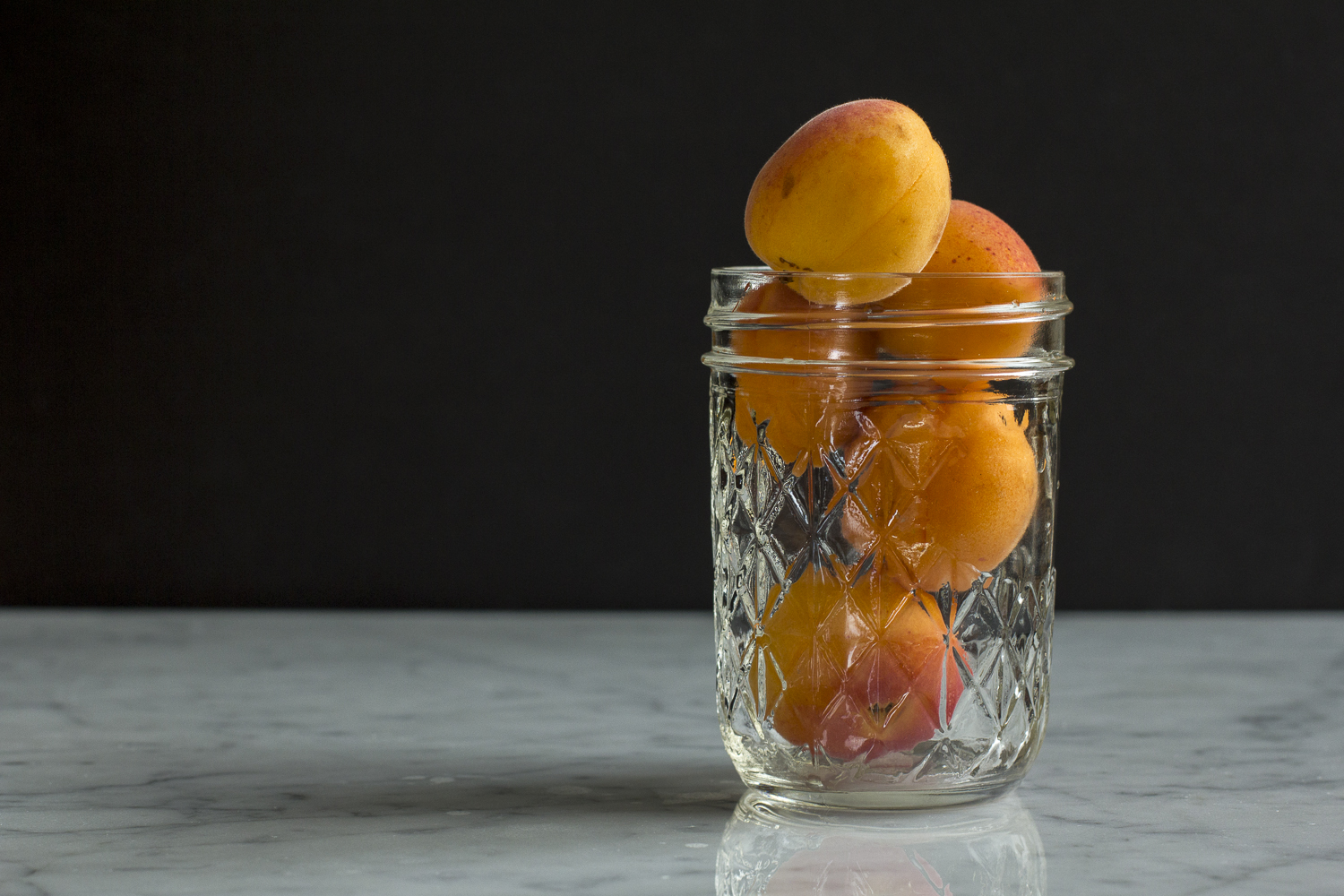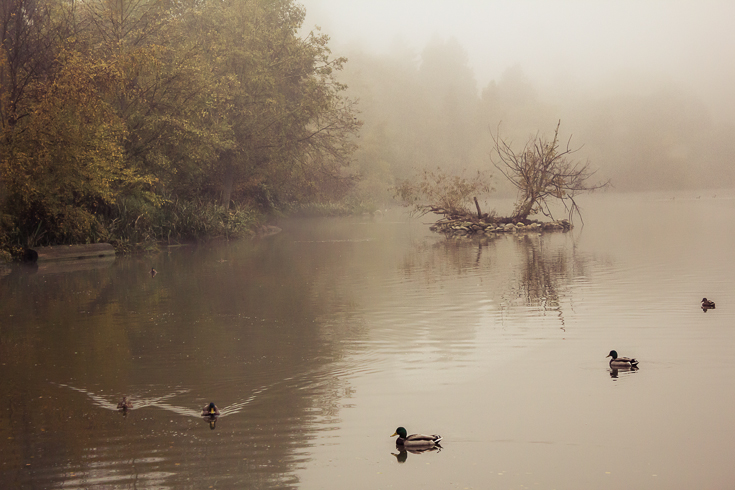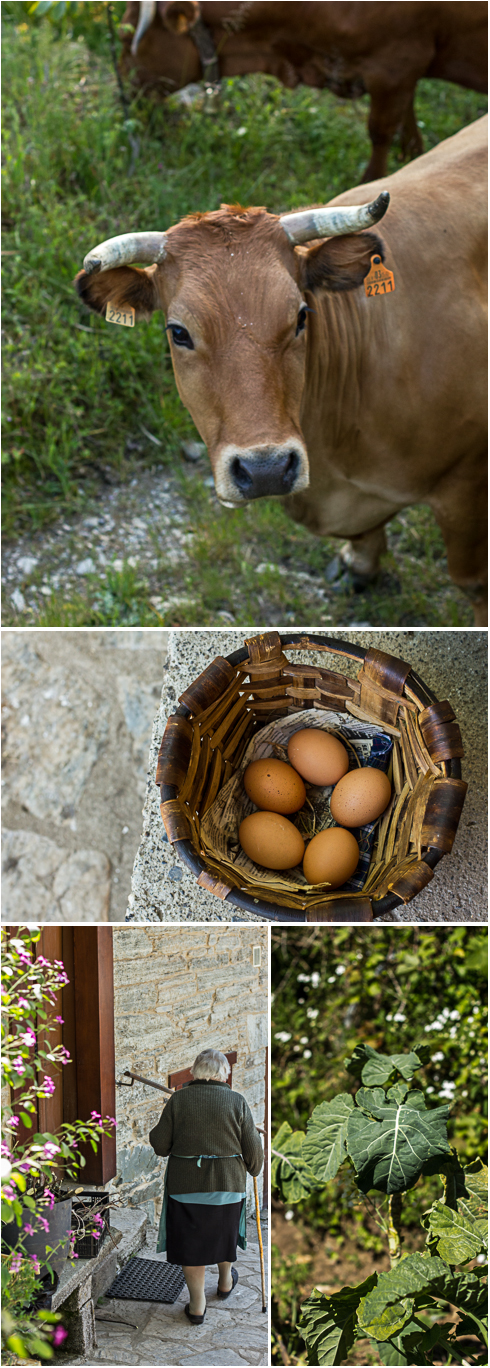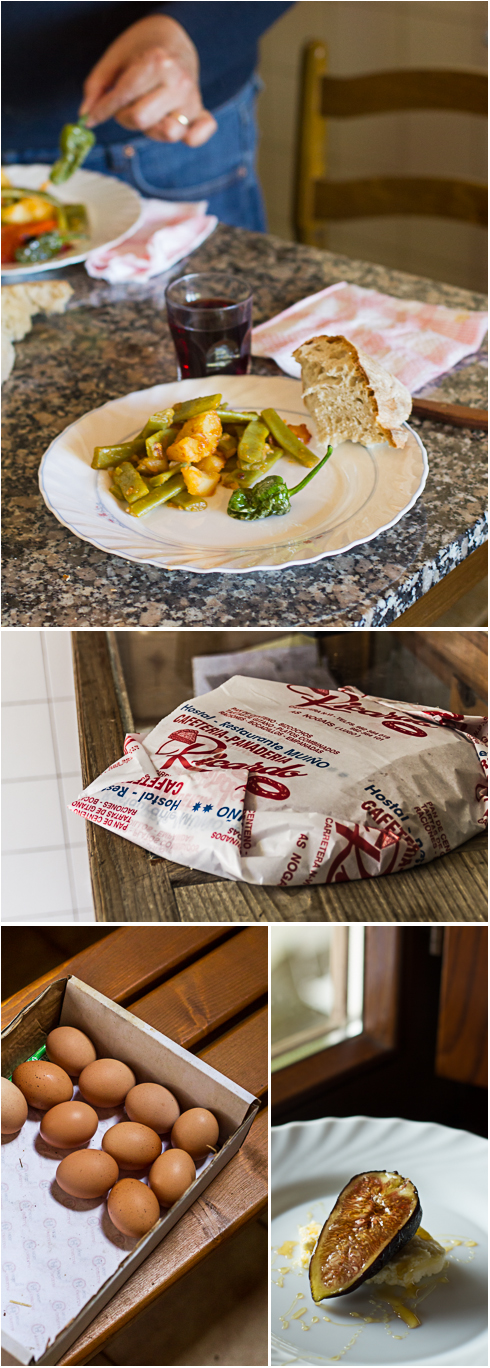The Nostalgia of Food
I mentioned a few weeks ago that I would be participating in the first public showing of my work as part of a group show called The Nostalgia of Food which opened on February 5th at Studio 126 in Vancouver's Chinatown. The show features a number of Vancouver food photographers, illustrators, and other artists all contemplating the theme of Nostalgia of Food. In total there are 15 artists showing more than 30 works, three of which I'm very pleased to say are by yours truly.
It was lovely to see such a great turnout for the opening night. I was truly overwhelmed by the great turnout of Vancouverites that came out to support the show, on what was possibly one of the rainiest nights of the year. It was a night of was good food, wine, conversation, friends, family and beautiful art from all the participants.
Naturally, the theme appealed to me. As readers of this blog will know, I do tend toward the nostalgic from time to time. It's sometimes said that nostalgia can hold us back and I'm very conscious of that but somehow I've found a way to make nostalgia drive me forward. Many of my own food memories are the subjects of this blog and they inspire both my writing and my photography work. In a way, I could say my own sense of nostalgia has opened up new avenues for me. I'm frequently surprised and delighted how often people respond to my posts with "my mum used to make that" or "that makes me remember".
I’m also interested by the cultural iconography of nostalgia as it relates to food. Does a home-made pickle made by a grandmother taste better than one made by a professional in a state-of-the art facility? Are we responding to the taste of the pickle or the experience or memory? How is that we can imagine these cues from experiences that may or may not have occurred. Are we being true to the real experience? Or do we all attribute meaning to our memories that may not be there? No one in my family ever made pickles but I imagine them in an old-fashioned way. Why is that?
One of my works on display, shown above, is called Rashers and Eggs. With this piece as with much of my photography, I'm exploring the simplicity of these ingredients which recalls a simpler time, when these items were the product of the farmhouse, not the factory. How many of us have actual memories of eating this way? Or are we responding to a collective imagined experience? Why do we long for that simpler time? Is it because it is just that? Simpler.
The whole experience of showing was an interesting one, from selecting the works to be included, to determining how I wanted them to be framed or even if I wanted to frame them. In the end, I decided that as they were to be offered for sale, I wanted to offer them as I envisioned them being hung on the wall. Because my photographs are printed on a fine art paper with a lot of texture, I wanted the edge of the piece to be visible and so I decided to float them on a back matt. I really like this effect because it feels natural and in keeping with my work.
One of the best parts in this whole process was being introduced to Anna and Ryan at Studio 126. Not only do they promote local artists and artisans but they are also artisans themselves, making the most stunning furniture out of reclaimed wood and welded metal, which is also for sale in their shop. They have created a beautiful space to sell and show not only their own work but the work of others. Being in their space is a nostalgic experience in itself. The room is stripped to the bare bones highlighting the old exposed brick and steel beams and it makes me think of the secrets of history that live within those walls. It's a lovely place to stop in, say hi and just enjoy a quiet moment looking at beautiful things.
So all in all, the experience has been a lovely one which in years to come I know I'll look back on with a new sense of nostalgia for that time when I put up work for my first art show.
The Nostalgia of Food runs until March 1st at Studio 126, 126 Pender Street, Vancouver
Opening Times: Wednesday - Saturday 12-6pm
There's also a series of workshops associated with the event involving pattern making with food and preserving. More details are available on the Studio 126 website.
In the meantime, I'd love to hear from you with your thoughts on nostalgia. Are there any foods or eating experiences that spark particular memories for you? Does nostalgia hold you back or drive you forward?
UPDATE: The show has concluded. If you are interested in purchasing one of my fine art prints, you can contact me helena@myendlesspicnic.com.




































